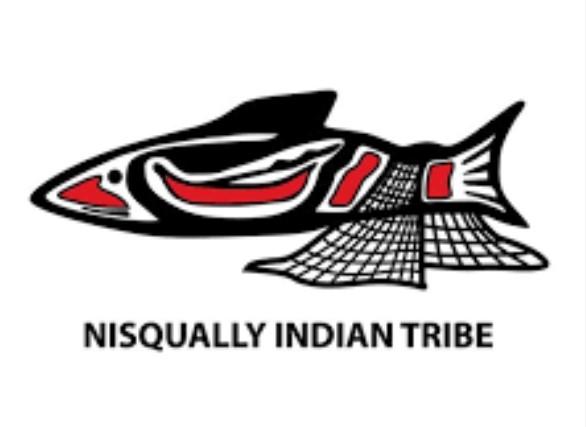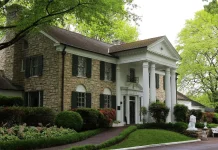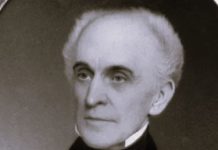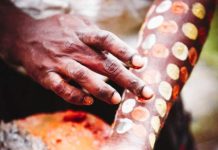Known as the Nisqualli, the Nisqually Tribe was a Salishan clan in the Northwest Coast Culture Area. Native Americans lived near Olympia, Washington, along the Nisqually River and upper Puyallup River. As a varied form of Salish, Nisqually people spoke Southern Lushootseed near Puget Sound. The majority of Nisqually speak English in modern times.
One of the Coast Salishan languages was Lushootseed, which was spoken by the Nisqually Tribe, along with the DUWAMISH, PUYALLUP, and SQUAXON. As with other Northeast Coast Indians, Nisquallys lived a similar lifestyle. Skwale, Qualliamish, and Skalliahmish are also variants of their names. Nisqually, pronounced NIZ-kwah-lee, and Skwale’absh, the Native American name for the river, are variations.

Nisqually tribe plank houses were built along rivers, along which they traded in dugout canoes and obtained food. Their potlatch gift-giving ceremony, which they called sugwigwi, was a show of wealth since the Nisqually kept herds of horses on excellent pasture land.
Read More – Mohawks – Native American Groups
At Medicine Creek, Nisqually and neighboring tribes signed a treaty with the United States in late 1854 that guaranteed them the right to take fish at all usual and accustomed sites and stations. The United States guaranteed fishing rights for the first time in a treaty (and it laid the groundwork for later court rulings). Fishing rights were also guaranteed in a treaty signed early in 1855 at Point Elliot by other tribes. The settlers continued to settle on Indian lands despite the various treaties enacted during this time period.
The Indian Nisqually Tribe failed to realize the extent of their land loss because Chinook Jargon was used in negotiations. Upon being ordered to relocate to a reservation on a forested bluff by Washington territorial governor Isaac Stevens, the Nisqually rebelled. In a series of raids on Fort Steilacoom on the southern end of Puget Sound, Chief Leschi led his own warriors as well as militants from other area tribes.
Leschi led the rebellion west of the Cascade Range, while Kamiakin of the Yakama led the rebellion east, where the conflict became known as the Yakama War despite involving a number of tribes. He led a force of some 1,000 warriors from allied tribes in an offensive against Seattle in January 1856. In Puget Sound, a ship anchored with cannons was able to repel the attackers. In the meantime, Seathl and the Duwamish maintained peace with each other.
Despite recently agreeing to a truce, Leschi was not accepted into the Yakama tribe as a slave after being defeated, and he remained at large. Using the promise of safety, the settlers tricked Leschi’s cousin into surrendering. As he approached Fort Steilacoom that November, the army seized him.
A trial resulted in Leschi’s death sentence for killing Colonel A. Benton Moses of the territorial militia. Despite the order, the army hangman refused to execute the man, believing that he was an innocent combatant who had only been killed in battle. After that, Leschi was taken to Olympia. He was executed by civil authorities in 1858, following a second trial.
Nisqually reservation lands were purchased in 1857; however, in 1918, they were incorporated into Fort Lewis, an army post located on the east side of the Nisqually River. A number of Nisqually tribe descendants live on Puyallup, Squaxin, and other Salish Island Reservations in Thurston County, Washington. Tribal fishing rights have been a subject of dispute for Northwest Coast tribes for many years.
In 1966, Nisqually activists staged a fish-in to protest state game laws that prohibited Native Americans from using traditional spears and nets other than hook and line. As a result of the struggle of the Nisqually and other tribes, more than 60 Indian nations met in 1970 to discuss Indian fishing rights. As far as tribes’ fish allocations are concerned, a federal court ruled in 1978 that they should be protected. Tribal fishing rights regarding salmon runs were clarified by the Pacific Salmon Treaty Acts of 1983 and 1985.
In 2004, the Historical Court of Inquiry, convened at the Washington State Historical Museum, overturned Leschi’s conviction, ruling that, even if Leschi killed the militiaman Moses, which was unlikely since reports had him elsewhere, he had done so during a time of warfare and should not have been executed. The trial confirms the innocence of Nisqually tribal members for more than 150 years, even though it is not legally binding.
Read More: Ponca Tribe of Nebraska







